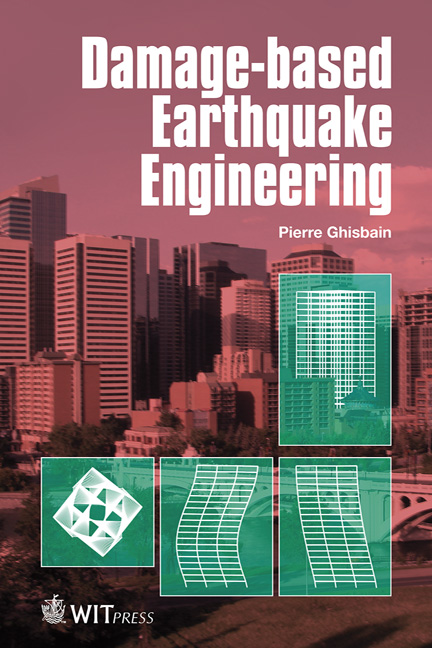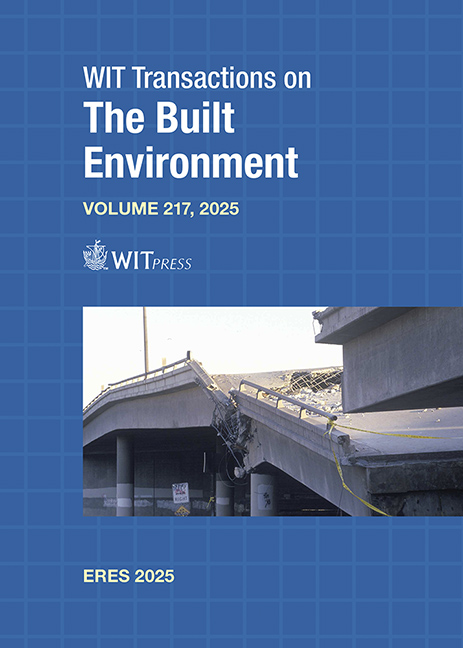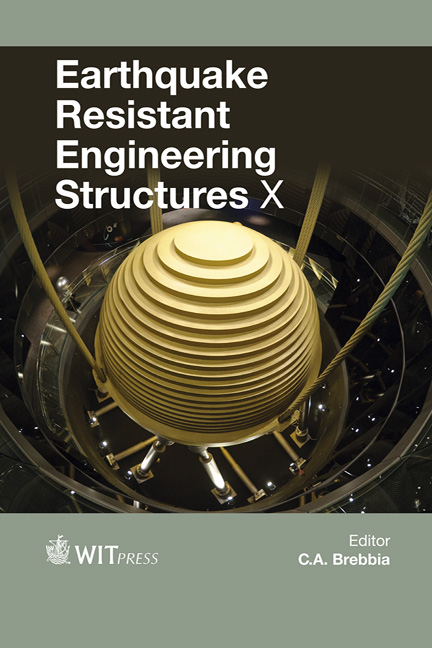Damage-based Earthquake Engineering
Authors: P. Ghisbain, Massachusetts Institute of Technology, USA
Price
£115.00 (free shipping)
ISBN
978-1-78466-013-0
eISBN
978-1-78466-014-7
Pages
224
Published
2015
Format
Hardback
Over the life of a structure, the smaller but more frequent earthquakes contribute more to the cumulative damage than the larger earthquakes on which structural design is traditionally based. This is a quantitative argument in favour of designing structures beyond what the codes require for life-safety.
This book presents a computational method to evaluate the damage sustained by a building over its lifetime in a seismic environment. The ability to estimate future damage is relevant to a pair of current trends in earthquake engineering: a growing interest for preventing damage on top of protecting the public, and development of performance-based design. The proposed method combines probabilistic principles with traditional structural analysis, which makes it readily applicable to evaluation of planned structures in an engineering office. The analytical models, computational steps and supporting data used to produce an estimate of damage are discussed, and variants of the method with different run time and accuracy are considered.
As an example of application to structural design, the book proposes a method to optimise placement of viscous dampers in buildings by minimising a life-cycle cost that includes the investment in damping and the losses due to future damage. Along with the results obtained in the course of other examples, the optimal solutions support a shift toward more resilient structures designed to mitigate structural and nonstructural damage beyond the traditional life-safety requirements.









